How to Track Live Chat Metrics for Better Customer Support
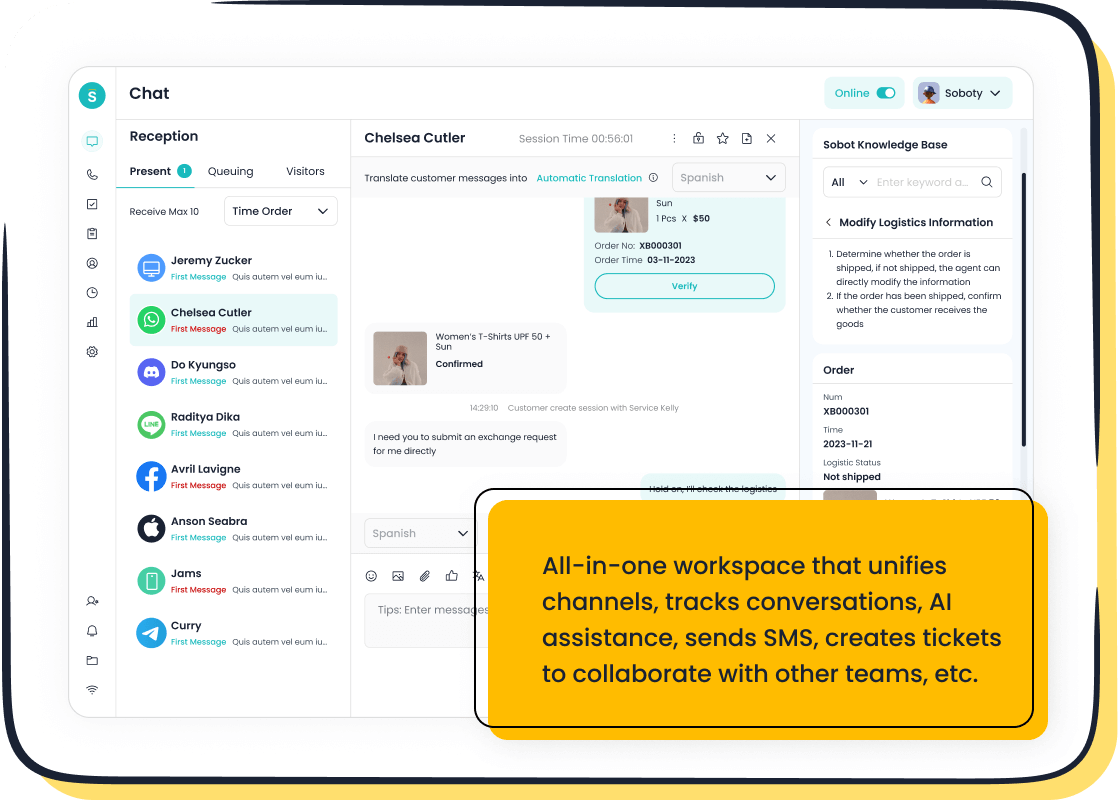
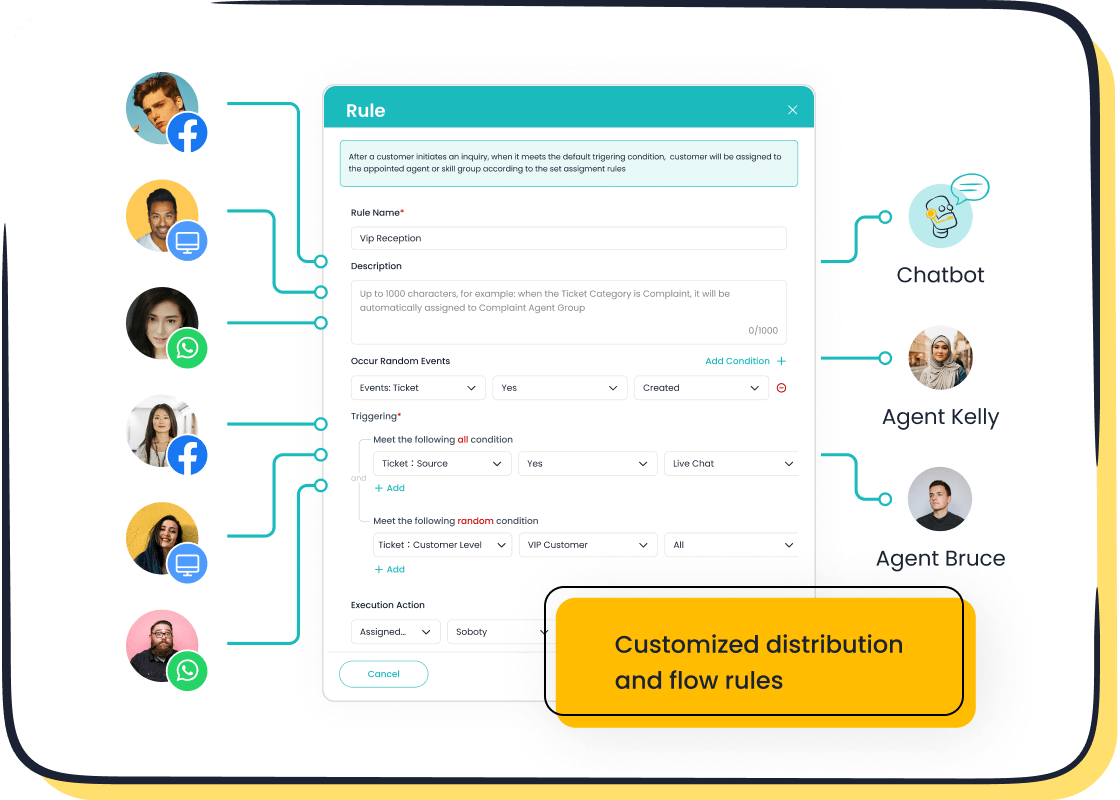
Tracking live chat performance metrics plays a crucial role in transforming your customer support. These metrics help you evaluate customer satisfaction, agent efficiency, and service quality. Statistics show that live chat boosts revenue per chat hour by 48% and increases conversion rates by 40%. Additionally, 73% of consumers find live chat the most satisfying communication channel. Tools like Sobot simplify this process by providing built-in analytics and tracking over 150 indicators. By using a robust live chat strategy with Sobot, you can uncover actionable insights, improve interactions, and meet customer expectations effectively.
Key Live Chat Metrics to Track
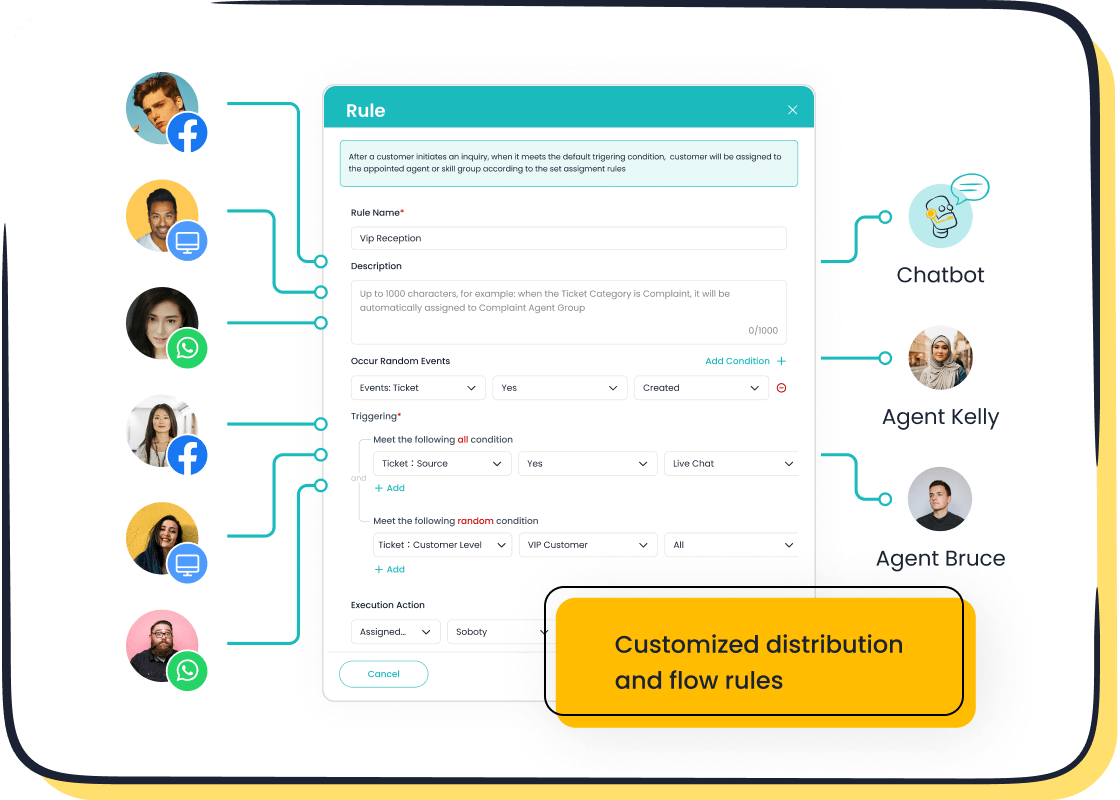
Cumulative Metrics for Overall Performance
Tracking cumulative metrics helps you evaluate the overall effectiveness of your live chat system. These metrics provide a bird’s-eye view of how well your customer support aligns with business goals. Some key metrics to monitor include:
- Total Chats: Indicates the volume of customer interactions. A higher number often reflects growing customer engagement.
- Missed Chats: Highlights gaps in availability. Reducing missed chats improves customer satisfaction.
- Average Chat Duration: Measures the time spent on each chat. Shorter durations may indicate efficiency, but balance is key to ensure quality.
- Average Queue Time: Reflects how long customers wait before connecting with an agent. Lower queue times enhance the customer experience.
- Agent Utilization Rate: Shows how effectively agents use their time. Optimizing this rate boosts productivity.
| Metric Type | Description |
|---|---|
| Business-level | Provides insights on customer satisfaction scores and chat request ratios to website visits. |
| Chat-level | Measures the effectiveness of online greetings and engagement strategies across digital platforms. |
| Agent-level | Evaluates the efficiency of live chat agents and their impact on overall performance. |
By analyzing these metrics, you can identify trends and make data-driven decisions to improve live chat performance metrics.
Conversation-Level Metrics for Customer Interactions
Conversation-level metrics focus on the quality of individual interactions. These metrics reveal how well your team meets customer needs during each chat. Key metrics include:
| Metric | Impact on Customer Interaction Outcomes |
|---|---|
| Wait Time | Affects initial customer perception; quick acceptance leads to positive interactions. |
| Response Time | Influences customer satisfaction; must balance speed with quality of response to avoid stress on team members. |
| Duration | Longer interactions can indicate issues; important to value customer time while providing thorough answers. |
| First Contact Resolution | Directly correlates with customer satisfaction; resolving issues on first contact enhances overall experience. |
| Customer Satisfaction Scores | Reflect overall effectiveness of interactions; higher scores indicate better customer experiences. |
For example, reducing wait times and improving first contact resolution rates can significantly enhance customer satisfaction. These metrics help you refine your approach to customer interactions.
Agent-Level Metrics for Individual Performance
Agent-level metrics assess the productivity and efficiency of your support team. These metrics highlight individual contributions and areas for improvement. One critical metric is "Chats per Agent per Month," which measures how many chats an agent handles. From 2020 to 2021, this metric increased by 33%, with larger companies seeing a 101% rise. This growth demonstrates how tracking agent-level metrics can improve individual performance.
Other key metrics include:
- Agent Response Time: Tracks how quickly agents reply to messages. Faster responses often lead to better customer experiences.
- Customer Feedback: Measures how customers rate their interactions with specific agents. Positive feedback reflects high-quality service.
- Agent Availability: Monitors how much time agents spend actively assisting customers. Higher availability ensures better coverage.
By focusing on these metrics, you can motivate your team and optimize their performance to meet customer expectations.
Tools for Tracking Live Chat Performance Metrics
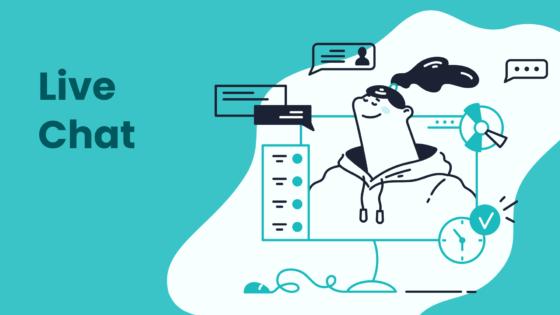
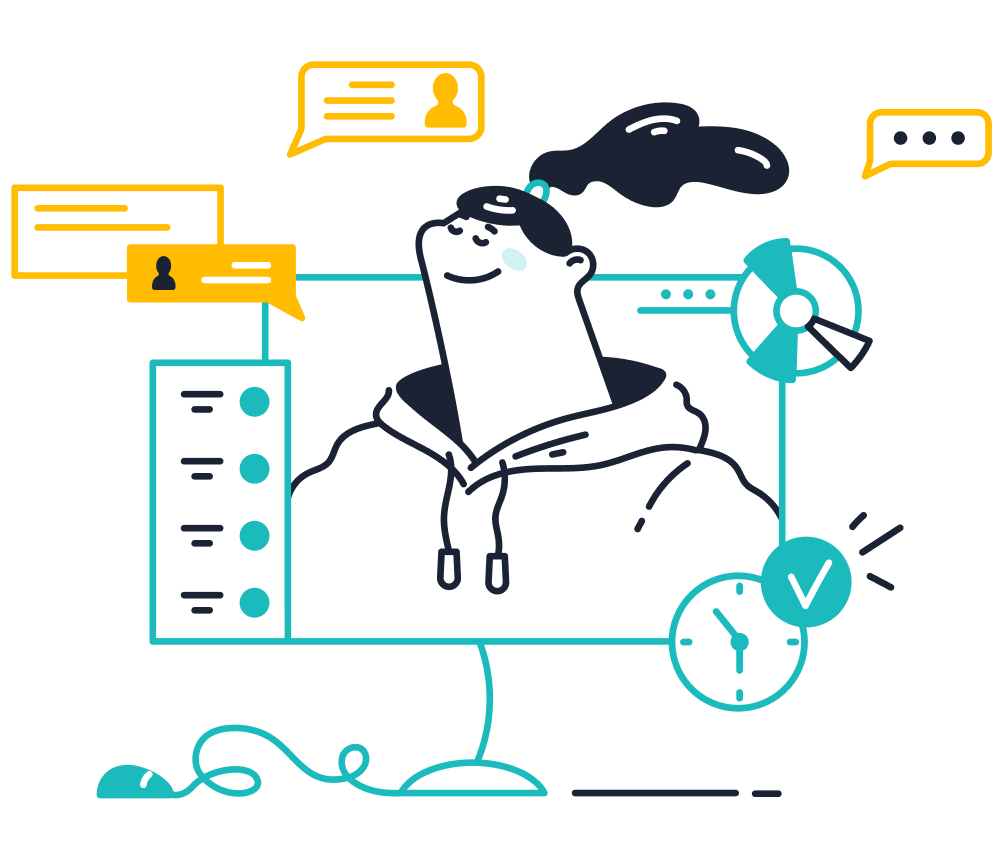
Features of Sobot Live Chat for Metrics Tracking
Sobot Live Chat offers a robust platform for tracking live chat performance metrics. Its built-in analytics evaluate over 150 indicators, including customer satisfaction, response times, and chat durations. These insights help you make data-driven decisions to improve service quality.
Key features include:
- Customizable Reports: Tailor data reports to focus on metrics that align with your business goals.
- Real-Time Monitoring: Track live chat metrics as they happen, ensuring immediate action when needed.
- AI-Powered Insights: Leverage artificial intelligence to identify trends and optimize agent performance.
For example, Sobot Live Chat’s ability to track first response time and customer happiness ensures you can measure and enhance the customer experience effectively. Its omnichannel support also consolidates data from various platforms, providing a unified view of your chat performance metrics.
Comparison of Popular Live Chat Tools
When choosing live chat tools, consider factors like ease of use, features, and performance. Here’s how tools are often evaluated:
- Ease of Use and Compatibility: User-friendly interfaces and seamless integration with existing systems.
- Customer Support Features: Options like chatbox customization and ticketing systems.
- Speed and Performance: Fast loading speeds to prevent user frustration.
- User Reviews: Feedback from users highlights strengths and areas for improvement.
According to eConsultancy, 73% of customers prefer live chat over email or phone support. This preference underscores the importance of selecting a tool that enhances customer satisfaction. Adding live chat tools can also reduce cart abandonment rates and boost conversion rates, provided the software delivers high-quality performance.
Integration with Omnichannel Solutions
Integrating live chat tools with omnichannel solutions amplifies their effectiveness. A unified platform consolidates customer interactions across channels, offering valuable insights into customer behavior.
| Metric | Description |
|---|---|
| Response Times | Measures the average time taken to respond to customers. |
| Resolution Rates | Tracks the percentage of issues resolved on the first contact. |
| Customer Satisfaction | Gauges customer happiness with the service provided. |
This integration helps you understand customer needs, identify communication gaps, and foster team collaboration. Sobot’s omnichannel solution, for instance, enhances productivity by 30% and ensures consistent service quality across all platforms.
How to Analyze and Use Live Chat Metrics
Identifying Trends and Patterns in Customer Behavior
Analyzing live chat performance metrics allows you to uncover trends and patterns in customer behavior. For instance, customers spending $250-$500 monthly show 63% more loyalty to companies offering live chat. Similarly, 33% of consumers are more likely to purchase from retailers with live chat support. These statistics highlight the importance of live chat in influencing customer decisions.
To identify recurring patterns, use methods like trend analysis. This approach examines data over time, helping you predict future customer needs. For example, if mobile users make up ~50% of your audience, ensuring live chat availability on mobile platforms becomes essential. By understanding these trends, you can tailor your strategies to meet customer expectations effectively.
| Statistic Description | Percentage/Value | Impact on Customer Behavior |
|---|---|---|
| Customers spending $250-$500 monthly are more loyal to companies with live chat | 63% | Indicates a correlation between live chat and customer loyalty. |
| Consumers are more likely to purchase from retailers offering live chat support | 33% | Suggests live chat influences buying decisions. |
| Mobile users expect to see live chat on websites | ~50% | Reflects customer preference for live chat availability. |
Setting Realistic Benchmarks and Goals
Setting benchmarks helps you measure live chat performance effectively. Focus on metrics like response time, average resolution time, and customer satisfaction ratings. For example, tracking the average response time ensures your team meets customer expectations promptly. Similarly, monitoring customer satisfaction ratings provides insights into the quality of interactions.
Here are some benchmarks to consider:
- Response Time: The time taken for an agent to reply to the initial message.
- Average Resolution Time: The time required to resolve a customer’s issue.
- Customer Satisfaction Ratings: Feedback from customers after a chat session.
- Conversion Rates: The percentage of chats leading to desired actions.
- Engagement Duration: The time customers spend in a chat session.
These benchmarks guide your team in setting achievable goals, ensuring continuous improvement in live chat performance.
Leveraging Metrics to Enhance Agent Training and Motivation
Live chat metrics play a crucial role in improving agent performance. Metrics like response time and customer feedback highlight areas where agents excel or need improvement. For example, if an agent consistently achieves a low average response time, they can serve as a model for others.
Use correlation analysis to identify relationships between metrics. For instance, a high customer satisfaction score often correlates with faster response times. Sharing these insights with your team motivates them to improve. Additionally, variance analysis helps pinpoint gaps between expected and actual performance, enabling targeted training.
| Analytical Method | Description |
|---|---|
| Correlation Analysis | Helps identify relationships between different metrics, allowing for deeper insights. |
| Benchmarking | Compares performance against industry standards or competitors to gauge effectiveness. |
| Variance Analysis | Examines differences between expected and actual performance to identify areas for improvement. |
| Trend Analysis | Analyzes data over time to identify patterns and predict future performance. |
By leveraging these methods, you can create a data-driven training program that boosts agent efficiency and enhances customer satisfaction.
Common Challenges in Tracking Live Chat Metrics
Overcoming Data Fragmentation with Unified Platforms
Data fragmentation often disrupts the efficiency of live chat analysis. When customer service data resides in multiple systems, it becomes challenging to gain a clear picture of performance. Unified platforms solve this issue by integrating data from various sources into a single system. This integration enables real-time analysis and decision-making, eliminating delays caused by scattered information.
Unified platforms also combine unstructured feedback with structured data, offering a comprehensive view of customer behavior. For example, customer IDs unify data in a single warehouse, reducing fragmentation. Additionally, scalable data stores provide instant access to both real-time and historical data. This capability replaces delayed insights with immediate responses, ensuring you can address issues promptly. By adopting a unified platform, you streamline your operations and improve metrics like response time and average customer wait time.
Managing Large Volumes of Data Effectively
Handling large volumes of live chat data can overwhelm your team. Cloud-based solutions simplify this process by offering scalable storage and processing capabilities. Automation and AI further enhance efficiency by organizing data and identifying patterns. For instance, predictive analytics can help you anticipate customer needs, reducing the average customer wait time.
Serverless architecture and distributed systems also play a crucial role. These technologies ensure consistent performance, even during high traffic periods. For example, a global manufacturing company improved its application performance by reducing network latency and automating service delivery. This approach highlights how advanced tools can help you manage data effectively while maintaining high customer service standards.
Addressing Resistance to Data-Driven Changes
Resistance to data-driven changes often stems from a lack of understanding or fear of new processes. Building a supportive culture within your team can ease this transition. Start by recognizing the root causes of resistance and providing effective training. Communicate the benefits of data-driven strategies, such as improved response time and customer satisfaction.
For example, a healthcare provider reduced patient wait times by 20% through systematic data tracking. Sharing similar success stories with your team can illustrate the tangible impact of analytics. Encourage continuous improvement by fostering an environment where data-driven decisions are valued. This approach ensures your team embraces change and contributes to better customer service outcomes.
Benefits of Tracking Live Chat Performance Metrics
Enhancing Customer Satisfaction and Loyalty
Tracking live chat metrics directly impacts customer satisfaction and loyalty. Metrics like customer satisfaction scores, first contact resolution, and conversion rates provide valuable insights into the quality of your customer interactions. For instance, resolving issues during the first interaction not only saves time but also leaves a lasting positive impression on your customers.
| Metric | Description |
|---|---|
| Customer Satisfaction Score | Measures user satisfaction post-interaction through surveys, indicating overall customer experience. |
| First Contact Resolution | Assesses whether issues are resolved in the first interaction, correlating with customer satisfaction. |
| Conversion Rate | Indicates the percentage of users who make purchases after engaging in live chat, reflecting loyalty. |

Using tools like Sobot Live Chat, you can monitor these metrics in real time. Its built-in analytics help you identify areas for improvement, ensuring every interaction enhances the customer experience. By focusing on these metrics, you build trust and foster long-term loyalty.
Boosting Agent Productivity and Efficiency
Live chat metrics also play a crucial role in improving agent productivity. Metrics such as agent utilization rate, first response time, and average chat duration help you evaluate how efficiently your team operates. For example, tracking the number of chats handled by each agent highlights their workload and performance.
| Metric | Description |
|---|---|
| Agent Utilization Rate | Measures how effectively agents are using their time to handle inquiries. |
| First Response Time | The time taken for an agent to respond to a customer inquiry, impacting customer satisfaction. |
| Average Chat Duration | The average time spent on each chat, indicating efficiency in handling inquiries. |
Sobot Live Chat’s AI-powered tools streamline workflows, enabling agents to focus on complex tasks. Features like intelligent assignment and real-time monitoring ensure optimal resource use, boosting both efficiency and customer satisfaction.
Optimizing Resource Allocation for Better Results
Analyzing live chat metrics helps you allocate resources more effectively. Metrics like customer satisfaction scores, average response time, and chat-to-conversion rates reveal where to focus your efforts. For example, reducing response times can significantly improve the customer experience, while monitoring conversion rates helps you refine your sales strategies.
| Metric | Impact on Outcomes |
|---|---|
| Customer Satisfaction Scores | Enhances customer satisfaction and loyalty |
| Average Response Time | Minimizes wait times, improving customer experience |
| Chat-to-Conversion Rates | Increases sales and conversions through effective tactics |
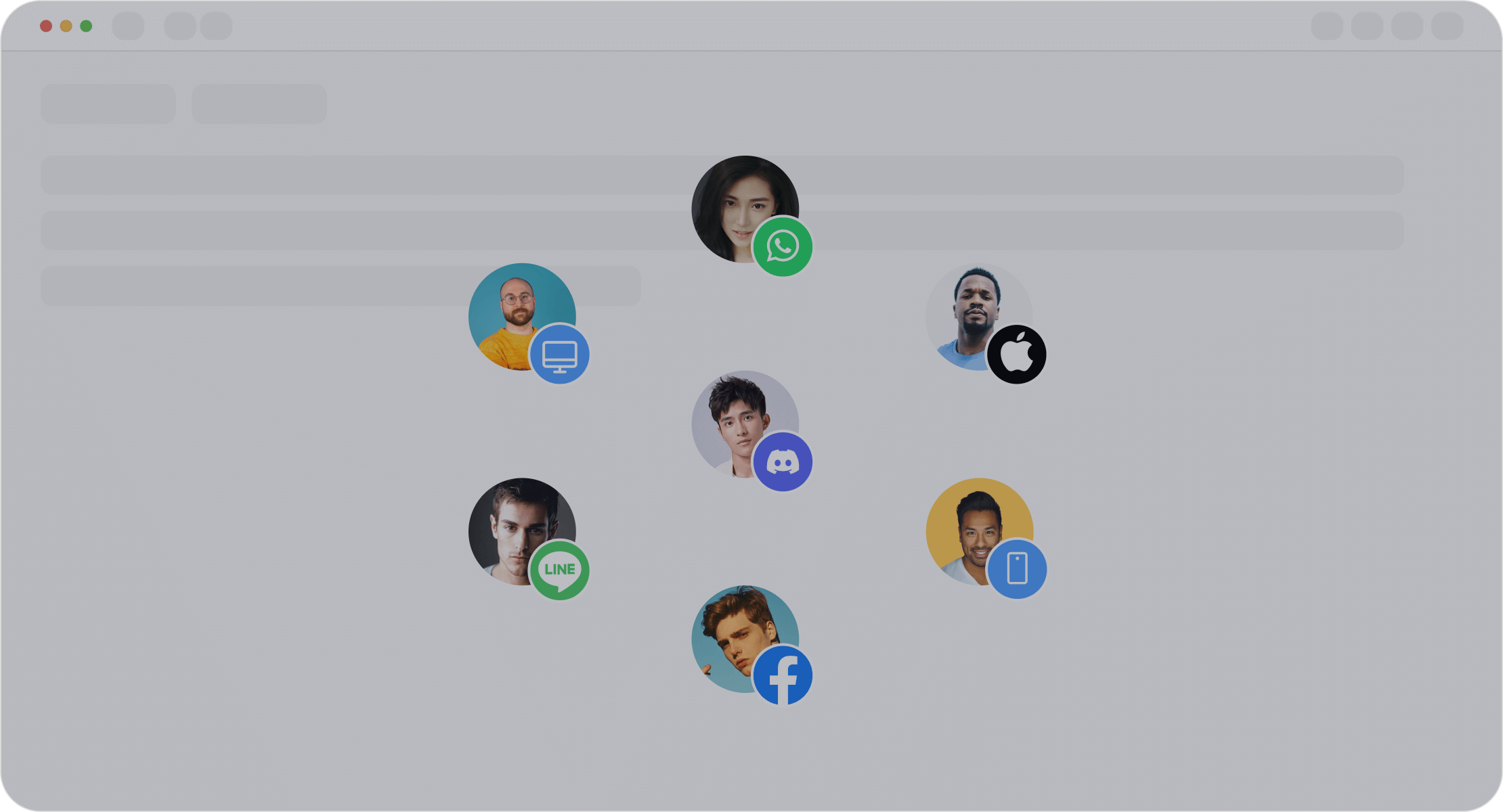
Sobot’s omnichannel solution integrates these metrics across platforms, providing a unified view of your operations. This approach ensures you allocate resources where they matter most, driving better outcomes and maximizing ROI.
Tracking live chat metrics is essential for delivering exceptional customer support. Metrics like response time, resolution time, and customer satisfaction scores provide actionable insights to refine your strategies. Tools like Sobot Live Chat simplify this process by offering real-time analytics and AI-powered solutions. For instance, 82% of customers are more likely to repurchase when they experience valuable service, and 77% recommend brands after positive interactions. By adopting a data-driven approach, you can improve efficiency, enhance customer loyalty, and achieve long-term success. Continuous analysis ensures your team stays ahead in meeting customer expectations.
FAQ
What is the best way to start tracking live chat metrics?
You can begin by identifying key metrics like response time, customer satisfaction, and resolution rates. Use tools like Sobot Live Chat to monitor these metrics in real time. Start small, focusing on a few critical indicators, and expand as you gain insights.
How does Sobot Live Chat help improve customer satisfaction?
Sobot Live Chat enhances satisfaction by offering omnichannel support, AI-powered tools, and real-time analytics. These features help you respond faster, resolve issues efficiently, and personalize interactions. The built-in satisfaction surveys also provide direct feedback to refine your service.
Can live chat metrics help reduce agent workload?
Yes, tracking metrics like first contact resolution and average chat duration helps identify repetitive tasks. You can automate these tasks using tools like Sobot’s AI-driven chatbots. This approach allows agents to focus on complex issues, reducing their workload and improving efficiency.
How often should you review live chat metrics?
Reviewing metrics weekly or monthly works best for most businesses. Frequent reviews help you spot trends, address issues quickly, and adjust strategies as needed. Tools like Sobot Live Chat provide real-time monitoring, making it easier to stay updated.
Is it possible to integrate live chat metrics with other systems?
Yes, Sobot Live Chat supports integration with platforms like Salesforce and Shopify. This feature consolidates customer data, enabling seamless workflows and better insights. Integration ensures you have a unified view of performance across all channels.
See Also
Enhancing Customer Support Through Effective Live Chat Management
Maximize Your Live Chat Performance Around The Clock
Effective Strategies For Supervising Live Chat Representatives
Ten Strategies To Improve Customer Satisfaction In Live Chat
